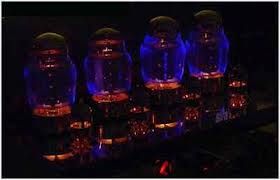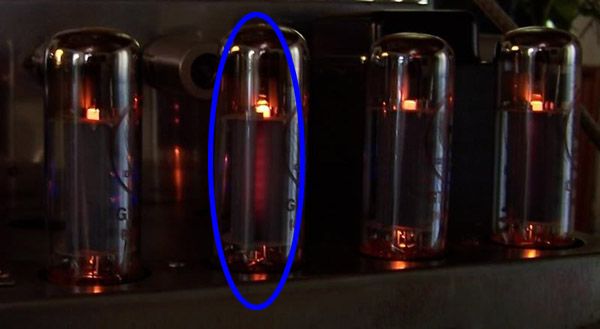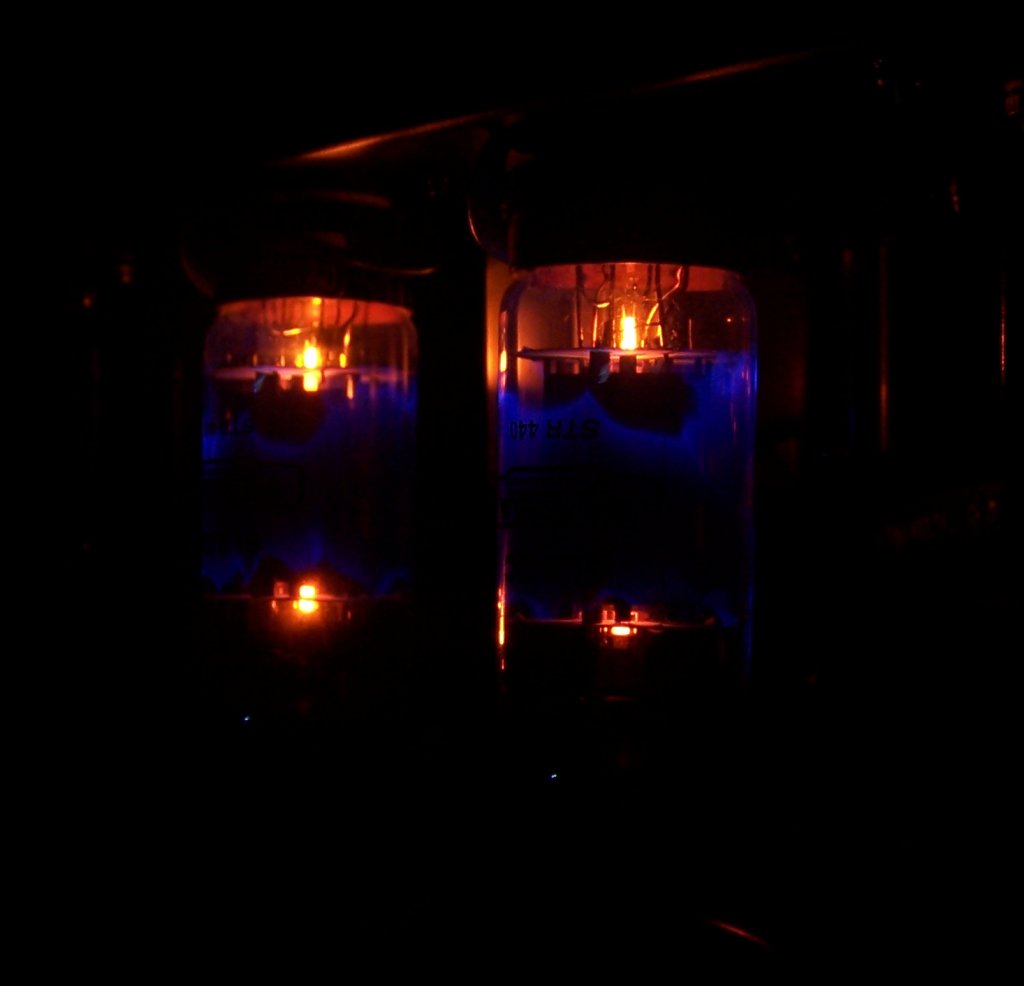tomprs
Well-known member
Hi guys,
Today at a rehearsal all four powertubes (Sovtek 5881) of my dual rec started glowing blue ... and it won't disappear until I hit the standby switch. Tone wise I cannot hear any problem, the amp sounds fine. Should I worry??? I mean, last week all tubes looked like always and now there's this kinda blue shade in the middle of each one. The tubes are a bit more than two years old and I play once a week in a post hardcore band. It just looks like this pic I found on the web.
Thanks!

Today at a rehearsal all four powertubes (Sovtek 5881) of my dual rec started glowing blue ... and it won't disappear until I hit the standby switch. Tone wise I cannot hear any problem, the amp sounds fine. Should I worry??? I mean, last week all tubes looked like always and now there's this kinda blue shade in the middle of each one. The tubes are a bit more than two years old and I play once a week in a post hardcore band. It just looks like this pic I found on the web.
Thanks!






